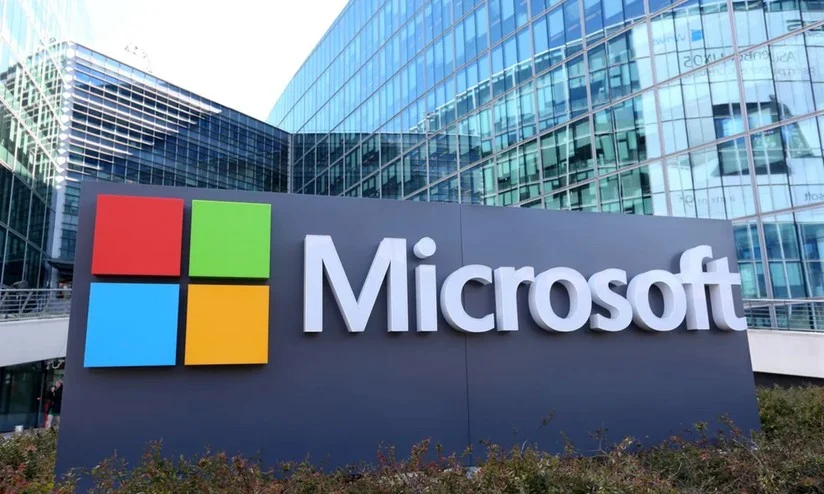
In an ever-evolving technology landscape, even industry giants like Microsoft are not immune to the pressures of adaptation and change. Recently, Microsoft made headlines by announcing the termination of 19,000 employees, a move that has sparked widespread discussion and speculation.
The tech industry is characterized by rapid innovation and constant change, requiring companies to remain agile and responsive. Microsoft, a leader in this field, has demonstrated time and again its ability to adapt to market demands and technological advancements. However, this adaptability sometimes comes at a cost, as seen in the recent workforce changes that have led to the termination of 19,000 employees.
For a company as large and influential as Microsoft, such a substantial reduction in its workforce is not a decision made lightly. This move reflects broader strategic objectives aimed at maintaining the company’s competitive edge in a highly dynamic industry. As the tech landscape continues to evolve, companies must make tough decisions to streamline operations, optimize resources, and align their workforce with their long-term goals.
While layoffs are never easy, they are sometimes necessary to ensure a company’s survival and success in a fiercely competitive market. Microsoft’s decision to reduce its workforce is a clear indicator of the challenges and opportunities that lie ahead, not just for the company, but for the tech industry as a whole.
This article delves into the reasons behind this significant decision, its implications for the tech industry, and what it means for Microsoft’s future.






